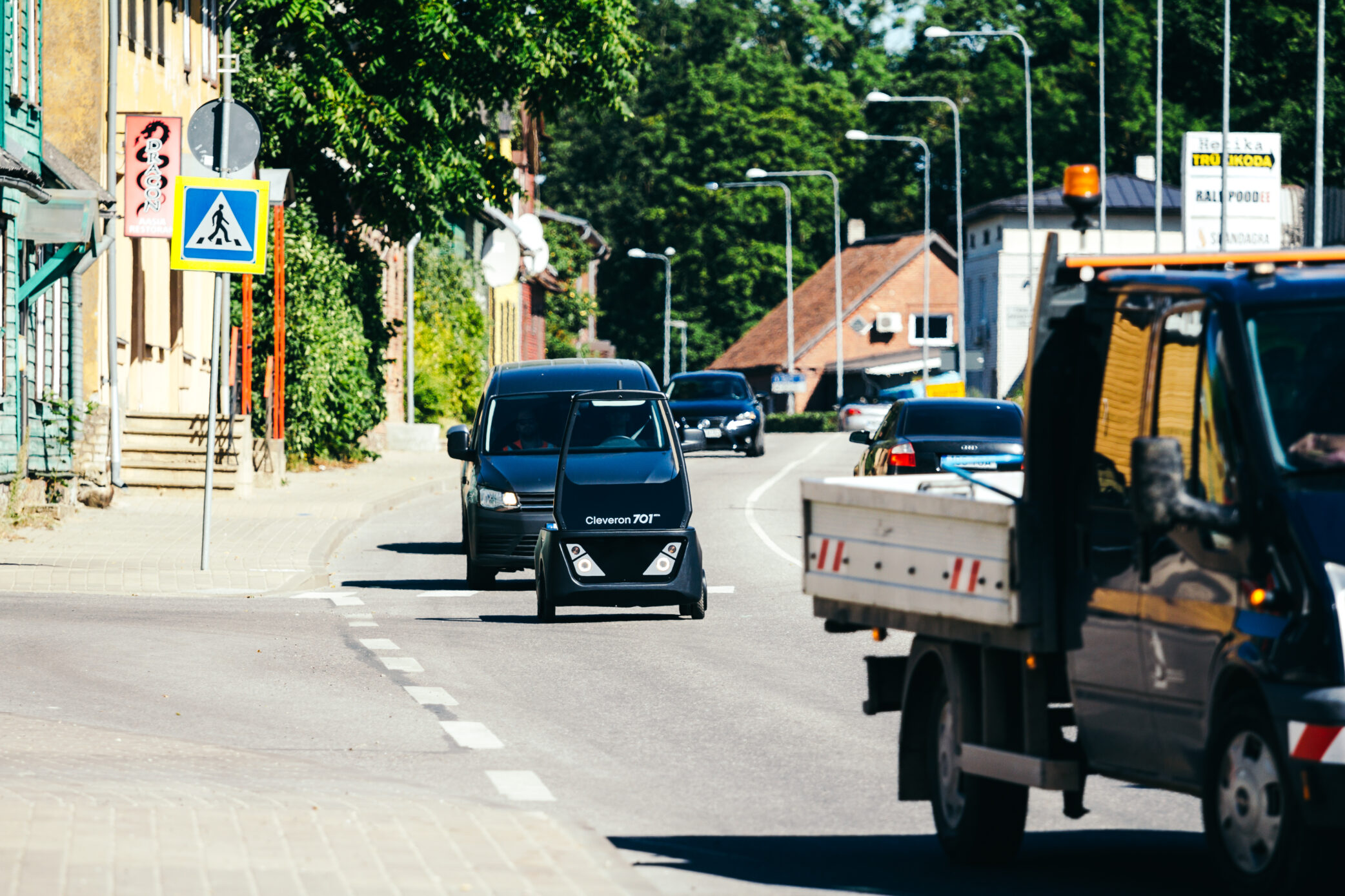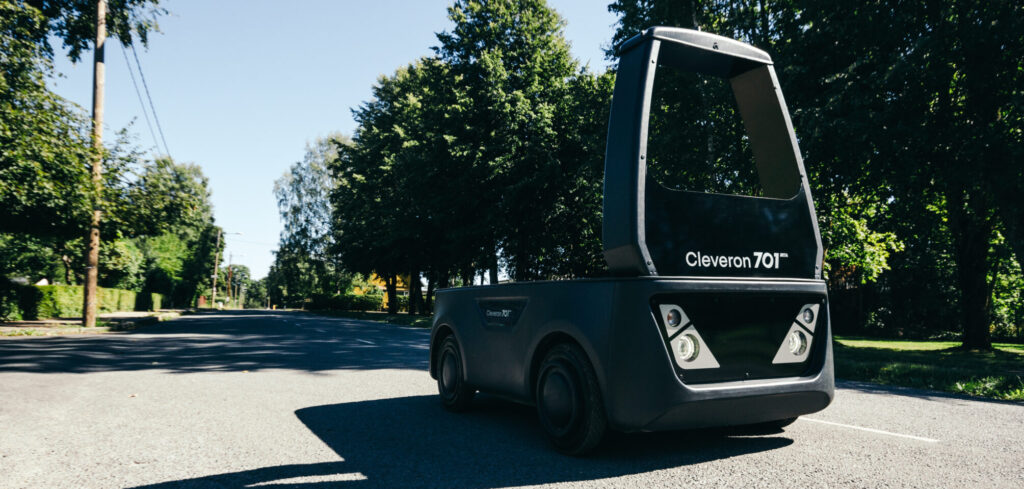Estonian technology company Cleveron has partnered with LRK Driving School to conduct what it describes as the world’s first driving exams for an unmanned semi-autonomous car.
The exams were carried out using Cleveron’s last-mile delivery vehicle, the Cleveron 701. All four specialists from Cleveron passed the exam and received the world’s first teleoperated vehicle certificates.
To gain the certificate, drivers first underwent specially designed teleoperated vehicle training, followed by field exercises and city driving. The field exercises consisted of six different exercises with a time limit of 15 minutes for each, however, Cleveron stated that all the drivers completed the exercises in around five minutes.
“The first four drivers who obtained the teleoperated vehicle driver certificate performed field exercise and city driving without errors,” commented Taavi Purtsak, testing process specialist, Cleveron. “Here at Cleveron, we can now be certain that it is indeed possible to drive an unmanned vehicle in the same way as a conventional car, and we are on the right track with the development of our vehicles.”
“I have also passed the teleoperated vehicle Cleveron 701 training myself to understand the differences between driving a teleoperated and conventional vehicle, where the driver is actually in the driver’s seat,” explained Jaan Kleemann, a specialist at LRK Driving School. “Based on my experience, I can say that Cleveron’s engineers have done an excellent job of developing a driverless vehicle that allows driving remotely as safe as driving a traditional car. In addition, the examinees were very well prepared – it only took them about five to six minutes to complete the field exercises, and they did all of them on the first attempt.”
The Cleveron 701 is the company’s latest innovation in boosting last-mile delivery efficiency. The vehicle is supervised remotely, enabling it to operate in low traffic areas to deliver goods within a 15–30-minute driving range of a retailer, fulfillment center or dark store.
The semi-autonomous platform on which the 701 is built allows for it to be adapted to suit each individual operator’s delivery needs. Examples include a parcel delivery vehicle, or a food delivery vehicle with temperature-controlled sections.



